Romania Could Host F-16 Training For Ukraine
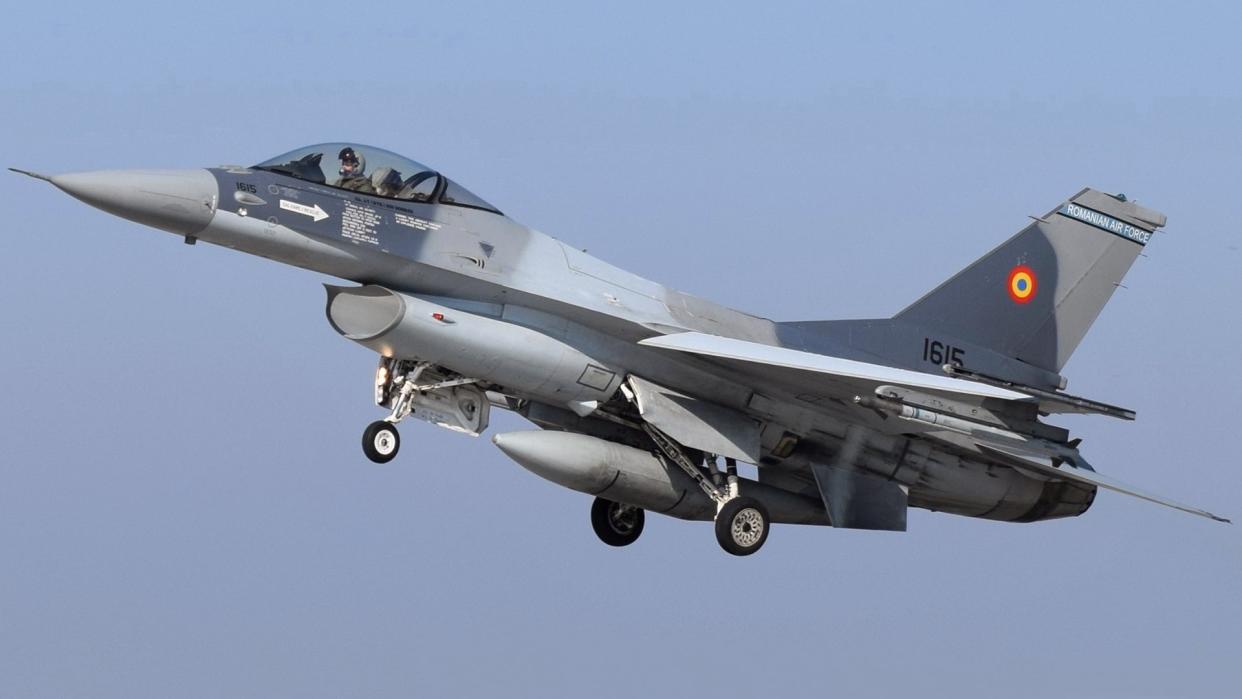
Romania is emerging as a possible front-runner as a location to train Ukrainian pilots to fly F-16s. While a multinational effort to get Ukrainian Air Force aircrew into the cockpits of the U.S.-made jet has been taking shape for some weeks, until now there had only really been speculation about where such training might take place. What’s more, it appears at least possible that the training program in Romania could also make use of the growing contractor infrastructure related to the F-16.
Romania is identified as a potential training site for Ukraine’s future F-16 pilots in an article in Politico, which is based on insight from three unnamed people “with knowledge of the planning” for that program: an undisclosed Western official, plus a current and a former U.S. Defense Department official.
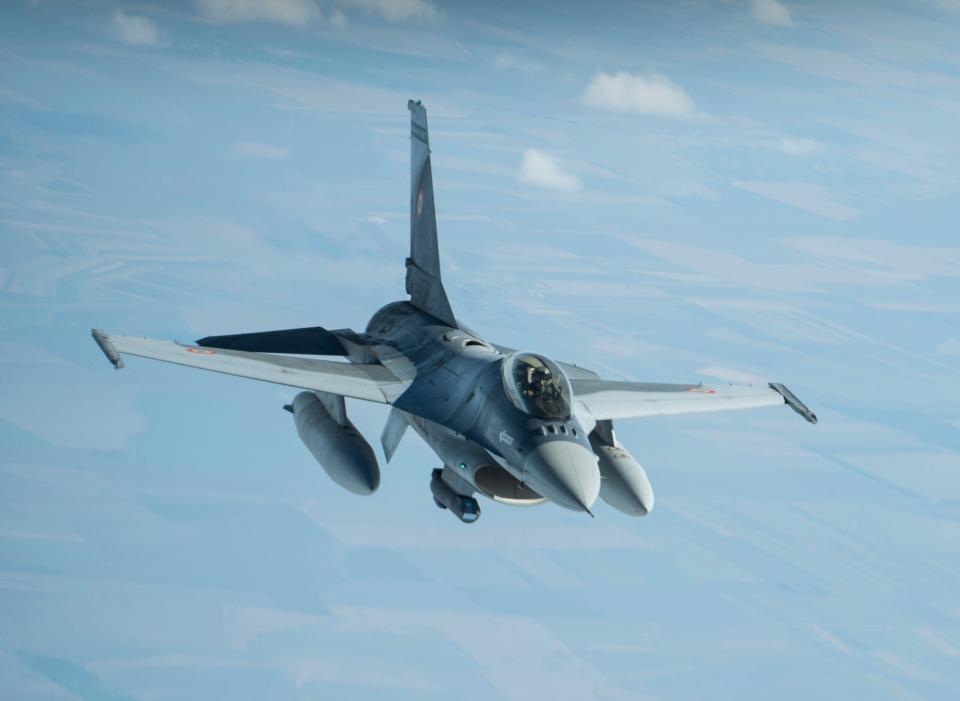
“Romania is one of the sites that the coalition is looking at for hosting training in,” the Western official told Politico.
The country, which occupies a strategic position on NATO’s Black Sea frontier, had not previously been mentioned as a member of the multinational training effort. This initiative is being led by the Netherlands and Denmark — both F-16 operators, like Romania — although Belgium and the United Kingdom have also said they will participate. Notably, the United Kingdom is not an F-16 operator but says it will still provide relevant training, while Belgium has said that it can offer training but not actually transfer any F-16s (for now, at least).
https://twitter.com/MinPres/status/1664286876881268738?s=20 https://twitter.com/RishiSunak/status/1659599358797443073?s=20
As for Romania, the country is the most recent country within NATO to get its hands on F-16s.
The Romanian Air Force has been notably resourceful in growing its F-16 fleet, starting with a batch of 12 second-hand jets from Portuguese stocks, followed by another five from the same source, and finally agreeing to buy 32 from Norway, which has retired all its Vipers. These last 32 jets will be delivered once they have been refurbished in Norway.
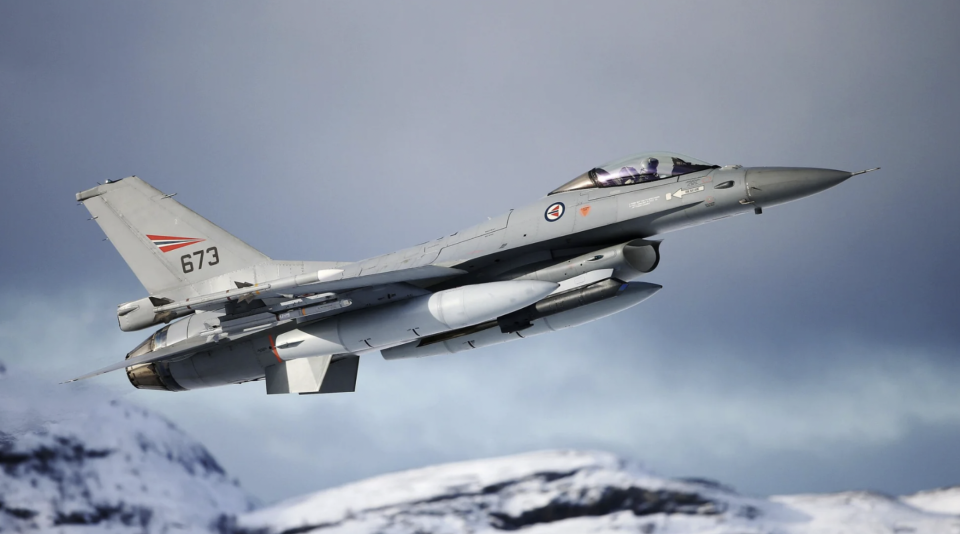
With the Romanian MiG-21 LanceR fleet now withdrawn, the F-16 is the sole combat jet operated by the country. The airframes may be old, but they represent new and advanced equipment for Romania, and they play an important role in defending the Black Sea region. Looking further ahead, Romania is also seeking to add F-35 stealth jets to its air force.
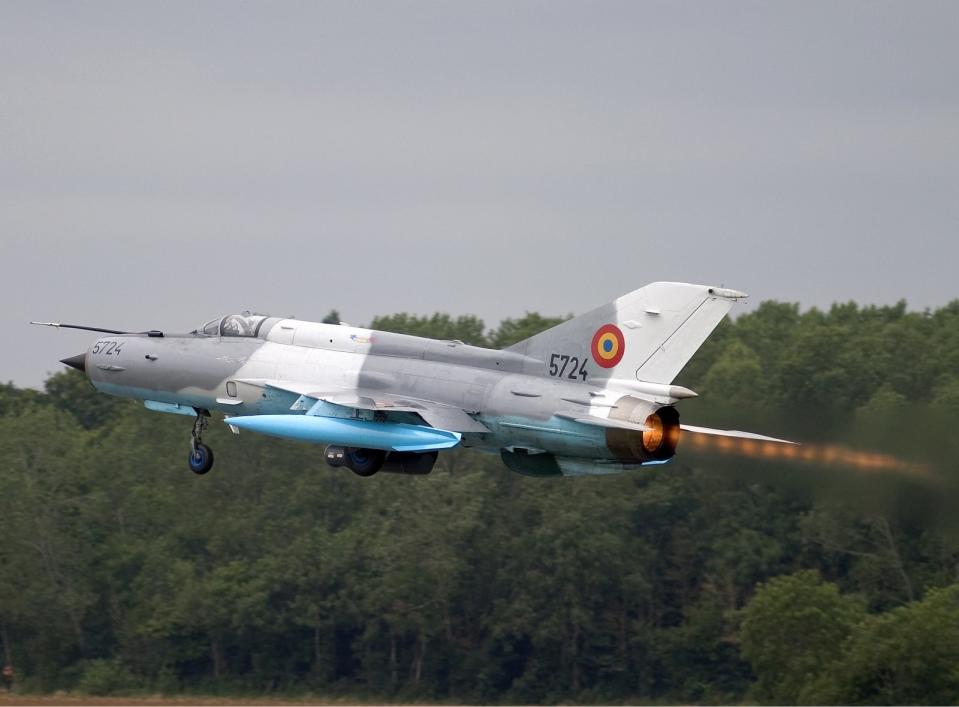
As well as operating a relatively large F-16 fleet, at least with the ex-Norwegian jets added to the total, the fact that the Romanian jets are very much still at the start of their second careers also makes this a more suitable training location, compared to other European NATO operators, most of which are already drawing down their fleets in favor of F-35s. Then there is Romania’s location, bordering Ukraine, which would make the movement of pilots, other personnel, and support assets between the two countries much more straightforward.
https://twitter.com/MApNRomania/status/1655974583269478400?s=20
When it comes to details of the possible Romanian training effort, the current and former Pentagon officials told Politico that the multinational training coalition “is working to negotiate a contract to conduct the aircraft training at a site in Romania,” and that the syllabus itself would likely be run by Lockheed Martin, the F-16’s manufacturer.
For their part, European officials approached by Politico neither confirmed nor denied the Romanian training proposal, although a spokesperson from the Dutch Ministry of Defense did say the coalition partners were seeking to establish a training base “in Eastern Europe.”
Politico did also receive a statement from the Romanian Ministry of Defense, which again neither confirmed nor denied the training plan, but did state that the country “welcomes the initiative to establish a coalition of NATO allies to provide training of pilots for F-16s.”
It’s not specified where the F-16s used for training Ukrainian pilots and technicians would come from, but there may well be sufficient jets in Romania already for this, depending on the size of the classes being transitioned to the fighter. Otherwise, there are various other options that we have explored for sourcing F-16s that could potentially join the training set-up in Romania.
Intriguingly, there is already an effort to establish a new F-16 training set-up in Romania, according to a notice posted on the careers page of Draken International, the adversary air support contractor that is also an F-16 operator. Coincidentally, Draken also acquired F-16s from Norway for its aggressor work and may yet still acquire more from the Netherlands, although perhaps in significantly reduced numbers.
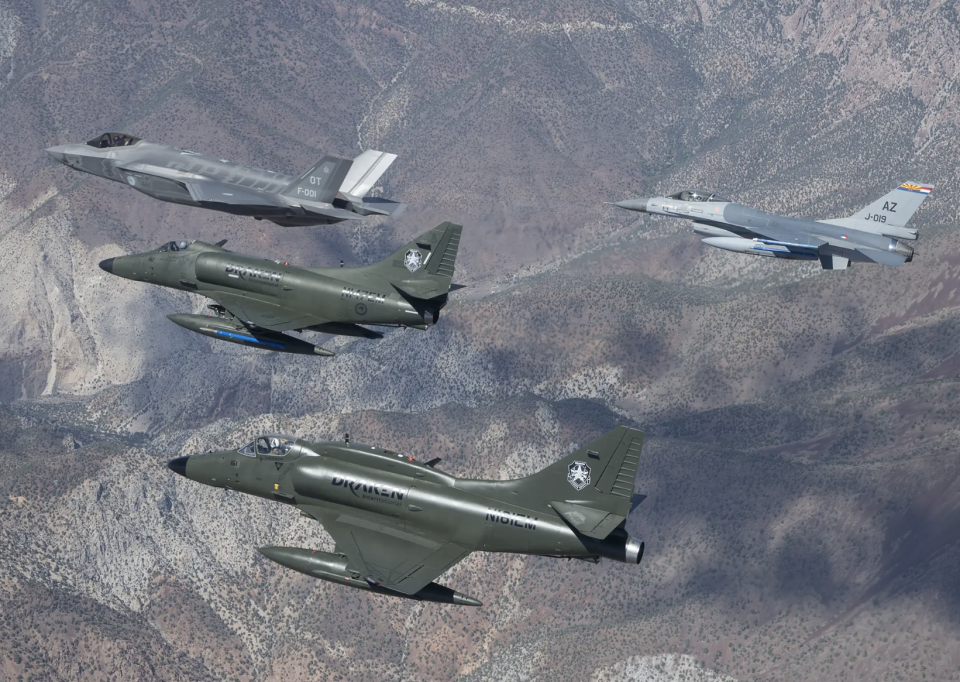
The Draken job advertisement is looking for flight instructor pilots, maintenance production supervisors, crew chiefs, maintenance schedulers, and avionics/electrical technicians to work at Fetesti Air Base in Romania.
The duration of the work is between three and 19 months and all candidates need to have at least five years of relevant F-16 experience, meet physical requirements, and be suitable for a clearance level of ‘secret.’
Some of the first Romanian Air Force F-16s after their service entry at Festesti Air Base:
https://www.youtube.com/watch?v=TW89BgUKThs
The flight instructor pilots, specifically, also require at least 2,000 F-16 hours and at least 500+ F-16 instructor hours, as well as citizenship that’s compliant with International Traffic and Arms Regulations (ITAR). Furthermore, the instructor pilots need a current FAA medical rating, commercial, single-engine pilot certification, and a statement of F-16 recency.
While the job advertisement doesn’t specifically say who the Draken employees will be training, one possibility is Ukrainian pilots — perhaps in addition to Romanians.
The posting is on the U.S. job section of the Draken website, suggesting the company is looking for Americans rather than Europeans or other nationalities.
That could also suggest that Lockheed Martin has sub-contracted Draken to run the Romanian training program, which would be politically expedient for Washington, which has been reluctant, in the past, to approve F-16s or related training for Ukraine. It’s possible, too, that the Draken training is being paid for not by the United States, but by European NATO countries within the multinational F-16 training effort, and perhaps other nations too.
The idea of private contractors training Ukraine how to use Western fighters is something that The War Zone has explored in the past, in the case of the former Australian F/A-18A/B Hornet fleet. In our previous article, we looked in detail at how such a concept could work and the benefits it might bring.
It was only last month that U.S. President Joe Biden announced that he would help secure modern, fourth-generation Western fighters for Ukraine. This was a reversal from his previous stance and Biden also named the F-16 specifically.
https://twitter.com/nytimes/status/1660362538347896838?s=20
“The United States together with our allies and partners are going to begin training Ukrainian pilots on fourth-generation fighter aircraft, including F-16s,” Biden told reporters, “to strengthen Ukraine’s Air Force as part of a long-term commitment to Ukraine’s ability to defend itself.”
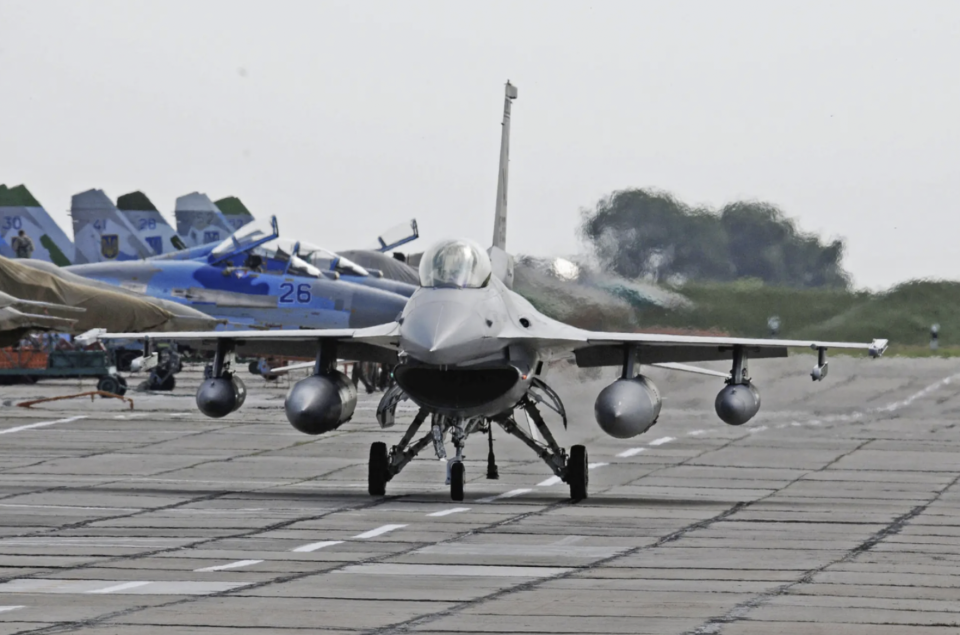
Now, with the Netherlands, Denmark, Belgium, and the United Kingdom all committed to the Ukrainian F-16 training effort, with Portugal and Norway also expressing their interest in joining, and with a potential location for this initiative possibly found in Romania, the program may be taking shape. This would also bring some significant benefits for Romania, too, with the promise of becoming an F-16 infrastructure magnet, potentially attracting other clients for training, and bringing a boost to its own air arm and its economy.
But there is still the issue of where the F-16s that Ukraine will eventually fly operationally will come from.
“The delivery of F-16s is not at the table now,” a Lockheed Martin spokesperson told Politico. “We are working very hard to start the F-16 training [with Denmark to train Ukrainian] pilots as soon as possible,” the spokesperson added. “Delivery requires a separate decision-making process.”
Meanwhile, Lockheed Martin says it’s ready to train Ukrainian pilots to fly and maintain the F-16s as soon as Western countries agree to provide them. Again, that kind of arrangement could also involve using Draken, and possibly other companies, as a sub-contractor to provide that training, in Romania. Lockheed Martin also said it would potentially be able to build new F-16s to backfill any jets donated to Ukraine, although this would be a longer-term proposition bearing in mind the significant backlog in F-16 orders at its Greenville, South Carolina production facility.
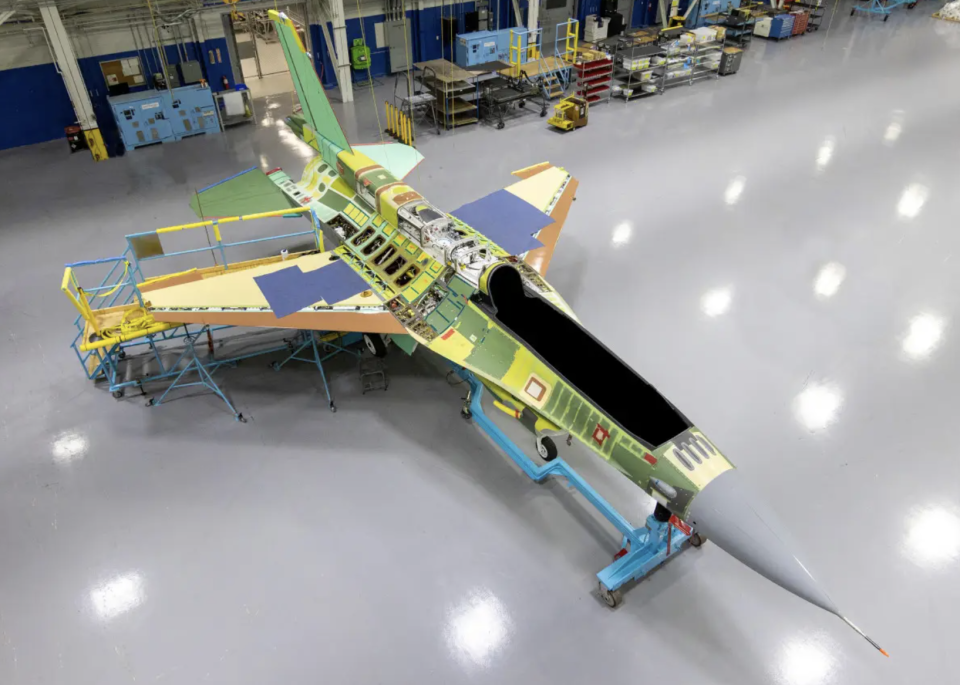
Already, we know that the training coalition aims to start teaching Ukrainians this summer, although it’s not clear at this point what kind of training that might involve and whether it will include live-flying in the F-16 from the outset.
A word of warning was last week provided by Gen. Mark Milley, chairman of the Joint Chiefs of Staff, who told reporters “There’s a lot of work to do” before F-16s actually arrive on Ukrainian territory.
“You have to do language training,” Milley added. “You have to do pilot training. You’ve got to get all the systems set in place. So those — those wheels are in motion, but we’re a ways from completion of that project.”
So, while Ukrainian Air Force pilots taking F-16s into battle might still be some way off, the preliminary work needed to get those pilots and supporting personnel ready looks like it should begin in the very near future. And with a potential schoolhouse base already apparently being eyed in Romania, the training effort also seems to be gathering pace and increasing in scope.
Contact the author: thomas@thedrive.com

